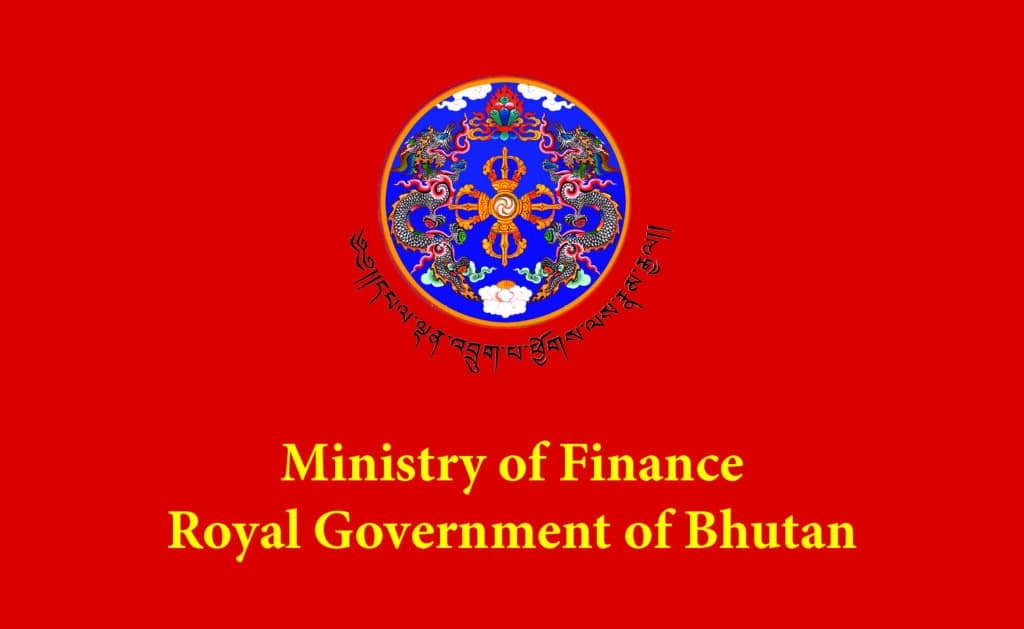When the COVID-19 hit the globe, South Korea and Taiwan imposed lockdowns that were effective in clamping down any exponential rise in cases. And when Bhutan saw the first possible case of community transmission in Gelephu, it also imposed a lockdown from August 11 to September 30. So what is the science behind lockdowns? Do they work? According to Peter Gajdos, Founder and Executive Chairman of IPM Chirana, a Joint Venture formed to accelerate the production of vital ICU ventilators to combat the effects of COVID-19, “immediate, effective and customized lockdowns” are necessary to lower spikes in addition to other measures like mass testing, prepositioning of supplies like more PPE, drugs and ventilators and mass deployment of emergency personnel including military, volunteers, hospital workers and supporting staff for distribution of supplies and assistance to patients.
The big quetstion here, therefore, is if Bhutan faces a surge in COVID-19 cases with the onset of winter and the holidays, and if the authorities are compelled to impose another or a series of lockdowns as per changing circumstances, are we prepared? Both the community and the government? Both the people and the powers? For instance, we saw how during the first lockdown, social, health, communication and public infrastructure and amenities had to be revved up in a matter of weeks, even days. Then things like help lines and delivery services not working invited public rage and a flurry of complaints. It was a saga of confusion and chaos until the system in place regularized, stabilized and actually started working.
Science says that there are two key factors that determine the effectiveness of a lockdown: strictness of the measures and the compliance rate. However, there are several factors that affect the compliance rate such as compensation for lost work, lost money and other mental and social aspects. But as Gajdos argues, “the sooner the lockdown, the lower the peak, the faster the recovery.” Any region above c.0.025% (250 per 1mn) daily infection must act and impose a lockdown, he states.
While Bhutan right now may not have reached that stage, it would be disastrous if it faces community transmission and enters the red zone since we are a small country with as small a population. Further, we are not eaxcatly rich. We are at a fairly stable state right now because of pro-active actions taken by the authorities-such as intercepting imported cases through mass testing and quarantine, immediate cordoning of high-risk areas and other measures such as mass surveillance and creating advocacy and awareness on the issue.
But we can never predict what can happen next with the virus being unpredictable and developing new strains. So, it would be wise for us to be prepared. Mentally, emotionally and physically. Lockdowns can be draining to all these three aspects of our personality and we must take stock of the situation and brace up. Be brave. Meanwhile, the authorities need to realize that it is in times like this that they need to act and show that they can lead and carry the torch. There must be enough food in stock in addition to other essential commodities which must be delivered on time. There must be enough vaccines even if they are chiefly administered to the vulnerable section of the society, there must be enough beds in the wards, there must be enough medical supplies and health workers. And yes, all of us muster enough willpower, determination and grit to see us through another possible lockdown it happens.













